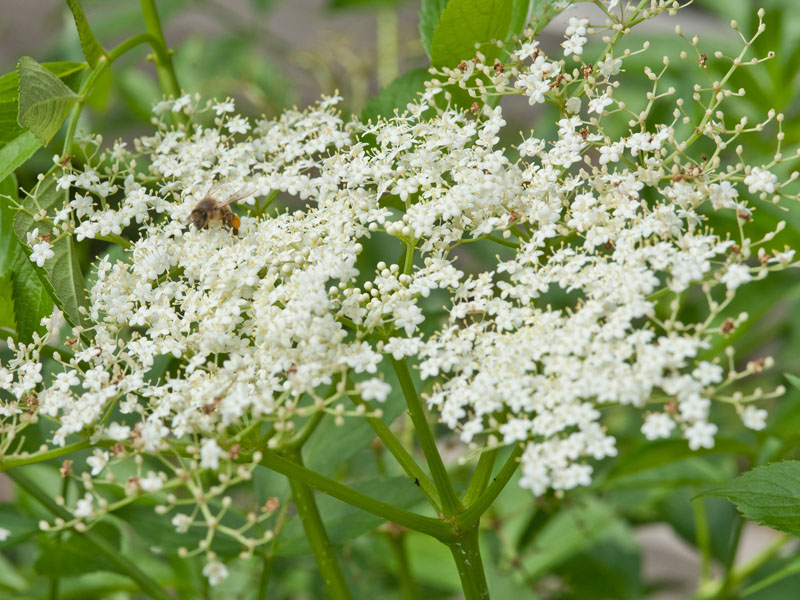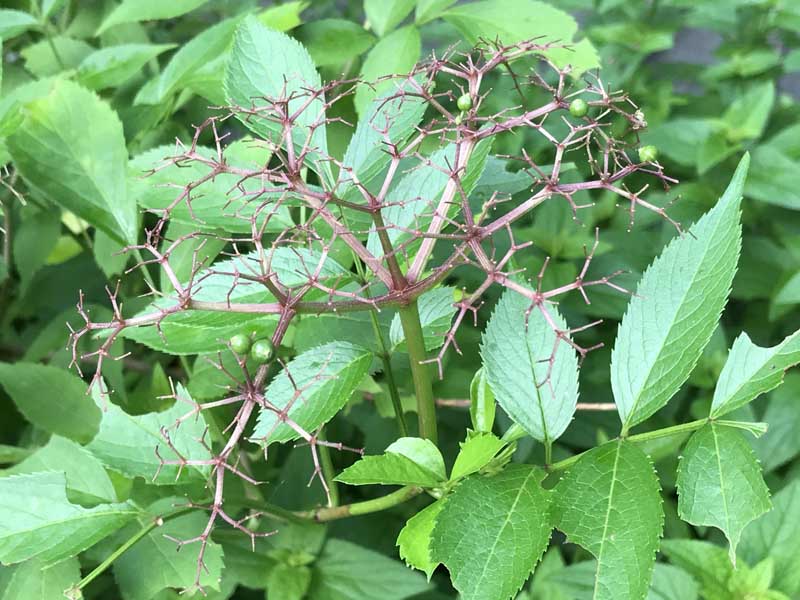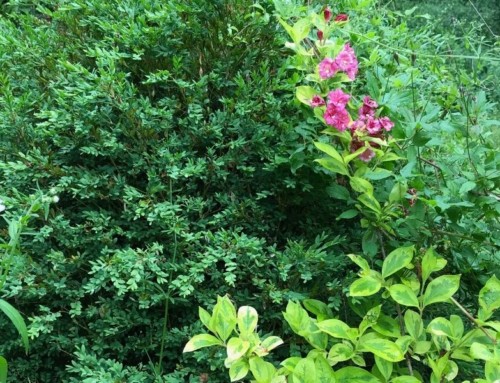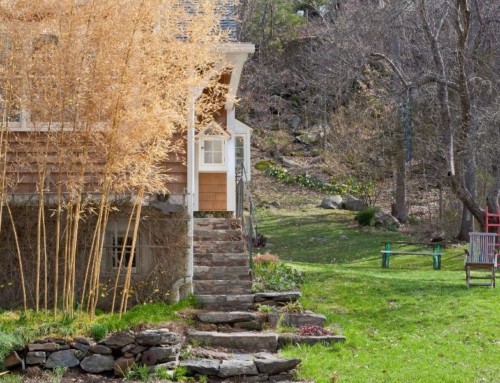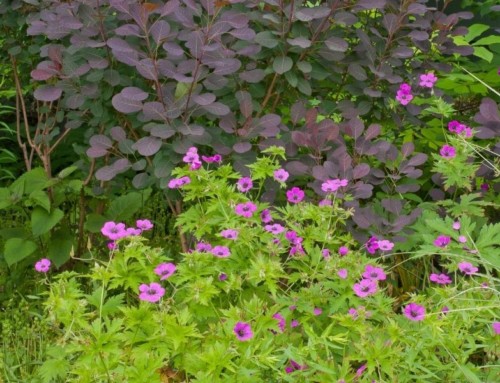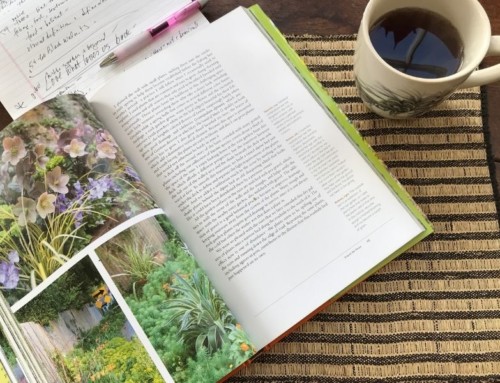Last year the native elderberry shrub (Sambucus canadensis) I planted in my new rain garden didn’t have any berries. It was little and deer didn’t give it a chance to flower, but it did grow roots.
This year, I sprayed deer repellant early enough. My elderberry grew tall and was covered with lacy white panicles of bloom.
My friend Ana brought me a bottle of delicious elderflower (“elderblow”) simple syrup so good that I was tempted to harvest flowers and make some too.
But I was determined to wait for berries to ripen. I planned to cook up my own antioxidant-rich elderberry syrup, instead of buying expensive little bottles of this immune-system boosting elixir to ward off winter colds.
And I was fondly remembering how my father had taken cuttings from elderberry bushes around local wetlands and planted them where our rural property dropped off into “the swamp.”
His elderflower wine (more like a liqueur) tasted wonderful. It was subtle and complex but had a powerful kick. His elderberry wine was just awful. Somehow he never got sugar balance and alcohol content under control.
This August, I could see from the house that the right color was shaping up. But on closer inspection, the shrub was covered with bare red panicles and only a few green, unripe berries.
What happened? Why did flowers not produce berries?
Lack of pollinators?
Certainly not the case here – my yard, and those panicles full of tiny flowers were crawling with pollinating insects.
Do elderberries need to cross-pollinate?
Many plants require pollen from a genetically different plant for pollination to take place. Some can self-pollinate, but need cross-pollination to produce full fruit and bountiful berries. Some are entirely self-fruitful.
Named Sambucus canadensis cultivars seem to be a mix, and of course, an internet search turned up a mix of opinions. I’ll let Stark Brothers Nurseries and Orchards Company, purveyors of fruit trees since 1816, have the last word – plant another variety for good cross-pollination.
A huge wild elderberry bush grows, untended, next door. But it totally finished blooming before mine started, so no chance for cross-pollination there. Elderberry plants are so lovely and carefree, I’m happy to plant more, ones that bloom at the same time.
Should I have watered?
Yes.
We have had severe drought conditions throughout New England. Where do elderberries grow? Along the edge of streams and wet places.
Stark Brothers recommendation: “Regular summer watering is necessary for consistent fruit quality.”
How about fruit set in the first place?
A little snippit of useful information I picked up at Windy Hill Nursery in Great Barrington, Massachusetts is a relevant clue. They grow an amazing crop of winterberry holly (Ilex verticillata) each year, selling bundles of boughs loaded with big fat berries.
They get a bountiful crop every year because they water heavily when berries start forming on pollinated flowers, and keep it up until berries are fully formed.
I hardly ever water my gardens – time to turn over a new leaf.
New growth vs. old growth
Now, in late August, my wild elderberry is still putting out new flowers as it grows. Plants that bear on the current season’s new stems have some useful advantages.
-
If deer browse plants in winter, there are no flower buds to eat.
-
Climate change has caused some wacky winter weather. Buds that form and flower later in the season are unaffected by extreme freeze/thaw cycles.
-
Some cultivars, like ‘Scotia’ bloom on 2 year old wood. If buds don’t make it through the winter, that’s it for flowers and fruit.
-
You can control size of the shrub by pruning back the previous year’s stems.
